5 Best Headless CMS: The Future of Content

The quest for more flexible, scalable, and personalized content management systems (CMS) has led to the rise of headless CMS platforms. Unlike traditional CMS platforms that tightly couple front-end presentation with back-end content management, headless CMS separates them, offering unparalleled freedom and efficiency in content delivery across multiple channels. This paradigm shift is not just a trend but a response to the growing demand for omnichannel content delivery, where content needs to be accessible on websites, apps, IoT devices, and beyond.
The adoption of headless CMS represents a significant move towards a more dynamic, future-proof digital content strategy, enabling businesses to leverage their content in ways traditional CMSs can't match. As we explore the world of headless CMS, it's crucial to understand not only what makes these platforms stand out, but also which ones are leading the charge in redefining content management for the digital age.
Understanding Headless CMS
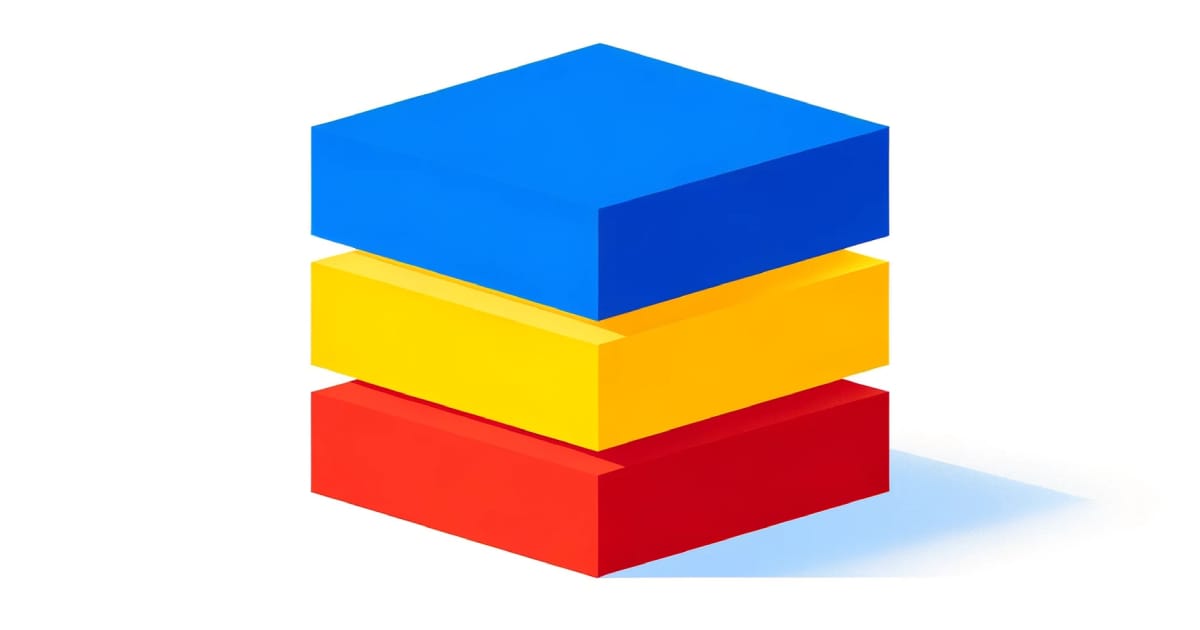
The concept of a headless Content Management System (CMS) might seem complex at first glance, but it represents a significant leap forward in how content is created, managed, and delivered. Unlike traditional CMS platforms, which are designed with a specific output in mind (usually a web page), a headless CMS focuses solely on the backend content repository without prescribing how or where the content is displayed. This separation of concerns opens up a myriad of possibilities for developers and content creators alike.
What is a Headless CMS?
At its core, a headless CMS is a content management system that provides no front-end layer. It means there's no built-in way to display the content it holds. Instead, it offers APIs (Application Programming Interfaces) that allow the content to be consumed and displayed on any device or channel. This architecture is called "headless" because the front end, or the "head," is removed from the CMS.
Key Benefits
- Omnichannel Delivery: Headless CMS allows content to be pushed across various platforms and devices seamlessly, from websites to mobile apps, smart devices, and even virtual assistants.
- Flexibility and Customization: Developers can use any programming language or framework to create the front end, offering unmatched flexibility in design and user experience.
- Faster Performance: Without the overhead of rendering and serving templated pages, content delivery can be significantly faster, improving user experience and SEO.
- Better Scalability: As businesses grow, their content delivery needs can change. A headless CMS can scale more easily, handling increased traffic or content without a complete overhaul.
- Enhanced Security: With the presentation layer decoupled from the content management backend, the attack surface is reduced, offering better security against web-based threats.
Headless CMS vs. Traditional CMS
The traditional CMS is designed with a specific presentation layer in mind, typically a website. This approach has served well for many years, but as digital experiences expand beyond websites to include mobile apps, digital displays, and even AR/VR environments, the limitations of traditional CMS become apparent. The headless approach offers a solution to these limitations by separating content from presentation, allowing for more agile content management and distribution.
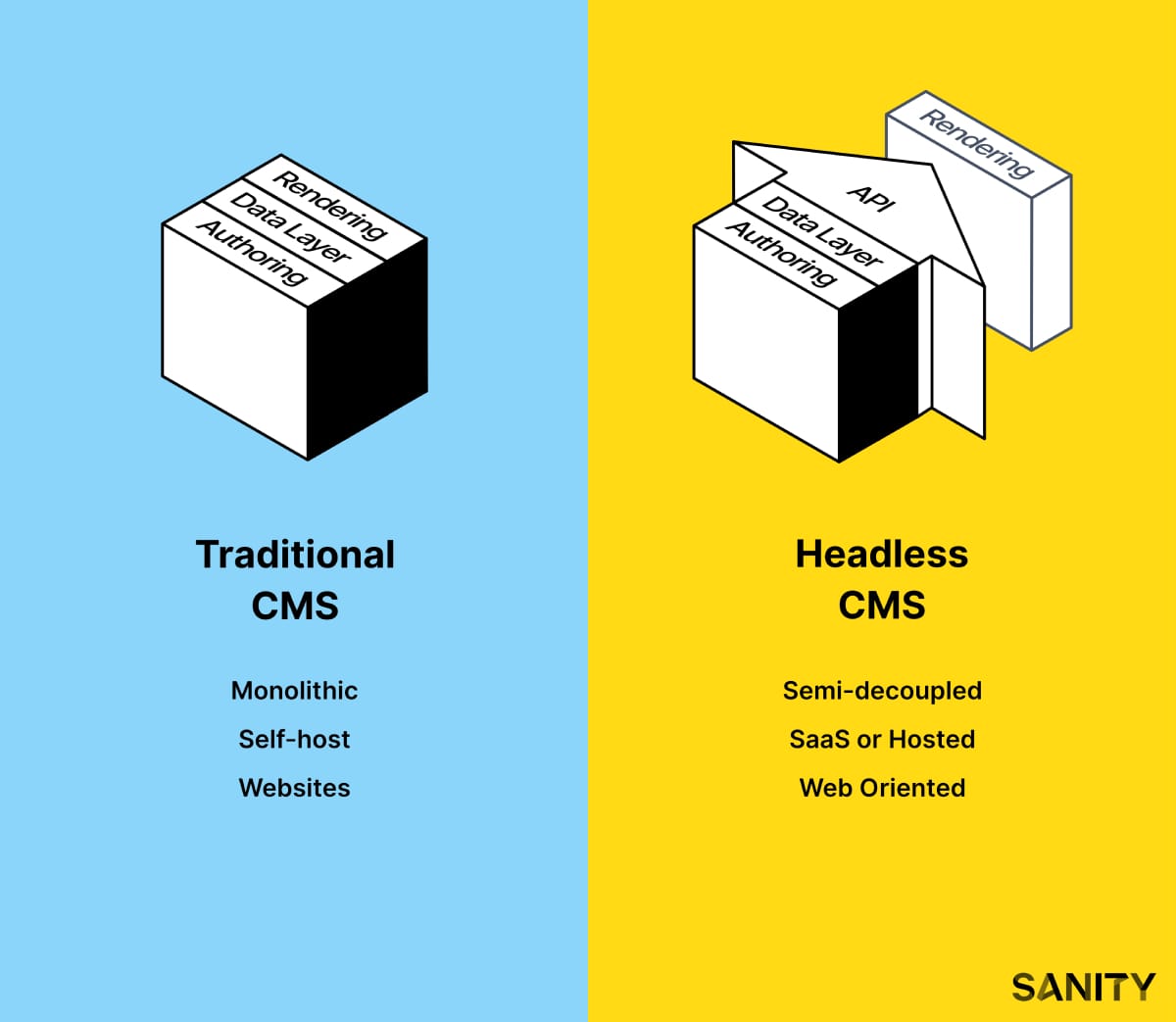
As we move towards a more connected and digital-first world, the flexibility and efficiency of headless CMS platforms stand out as key drivers for their growing popularity among developers, marketers, and business owners seeking to leverage their content across multiple platforms without being bogged down by the constraints of traditional CMS platforms.
The Top 5 Headless CMS in 2024
As businesses and content creators look to deliver more dynamic, personalized experiences across multiple channels, the choice of a content management system becomes crucial.
Let's take a look at the top 5 headless CMS platforms of 2024, evaluating their features, ease of use, pricing, and what sets each apart in the crowded market of content management solutions.
1. Contentful
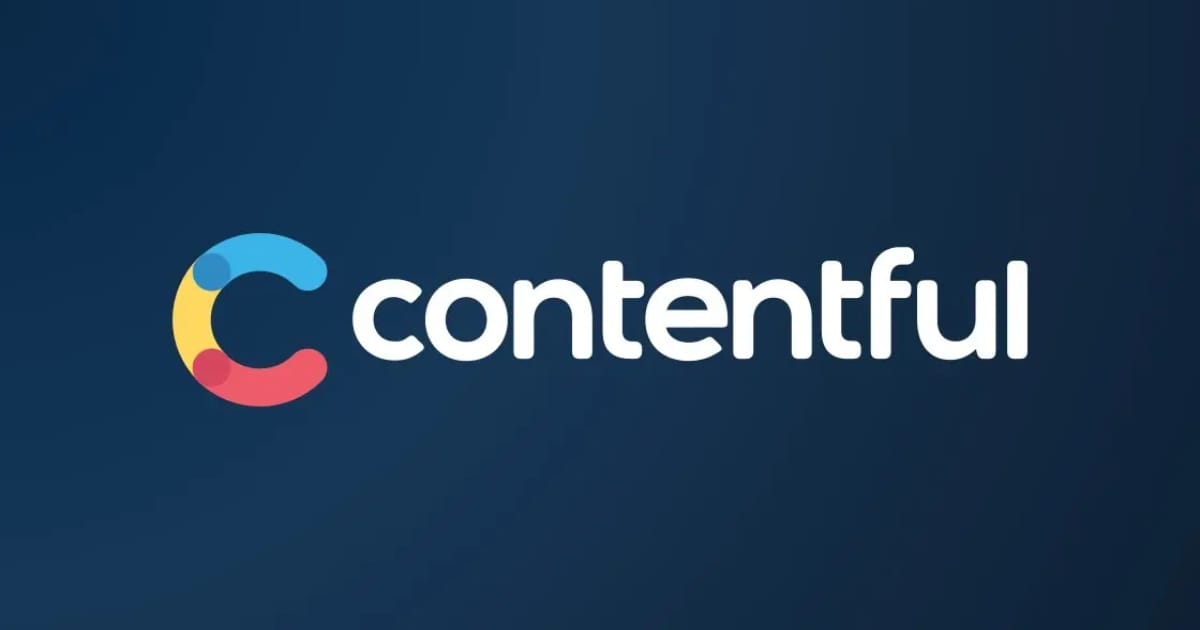
Contentful was founded in 2013 in Berlin by Sascha Konietzke and Paolo Negri, it emerged from a need to transcend the limitations of traditional CMS platforms. Recognizing the evolving digital content consumption across various platforms, they developed Contentful as a headless CMS. This approach allowed for more flexible, API-driven content management, enabling omnichannel content delivery. Since its inception, Contentful has significantly impacted the CMS market, attracting diverse clientele and securing substantial investment, affirming its status as a frontrunner in facilitating modern digital experiences.
Features: Contentful stands out for its robust API-first approach, offering developers and content creators a scalable, cloud-based platform to manage and deliver content across any channel. It supports rich text, multimedia content, and an intuitive content modeling system that can adapt to various content types. Collaboration tools and workflows make it easy for teams to work together efficiently.
Ease of Use: With a clean, user-friendly interface, Contentful is designed to be accessible to both developers and non-technical users. Its extensive documentation and community resources help users quickly get up to speed.
Pricing: Contentful offers a range of pricing plans, including a free tier for basic use cases and scalable options for larger enterprises. Pricing depends on the number of users, projects, and the level of support required.
Unique Selling Proposition: Contentful's strength lies in its flexibility and enterprise-grade capabilities, including advanced localization features for global content management and delivery, making it ideal for large organizations with complex content needs.
Companies Using Contentful
- Spotify: Spotify has used Contentful for managing content across its platform, including artist pages and editorial content.
- Urban Outfitters: The retail giant employs Contentful for its content management needs, particularly for its e-commerce website.
- Aldo: The footwear and accessories retailer Aldo utilizes Contentful for managing product information and digital content across its online channels.
- EA (Electronic Arts): EA, a major player in the gaming industry, has used Contentful for managing content on its gaming websites and apps.
- Shutterfly: Shutterfly, a leading online retailer and manufacturer of personalized products and services, has employed Contentful for managing content on its website and mobile app.
2. Strapi
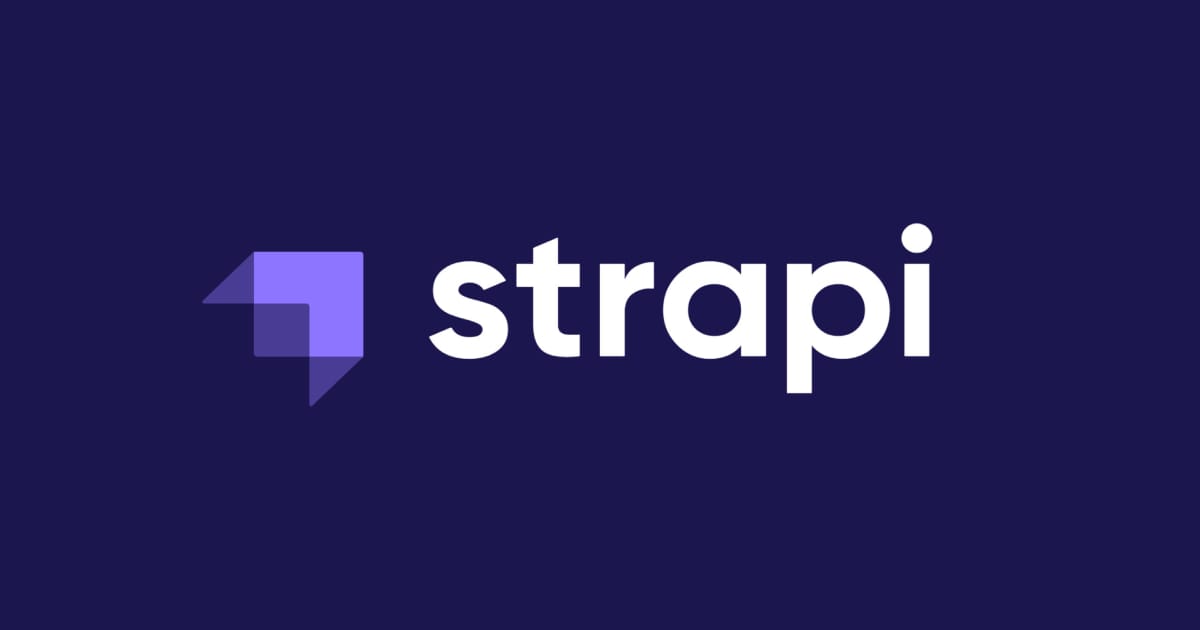
Strapi was founded in 2015 by Pierre Burgy, Aurélien Georget, and Jim Laurie, aiming to offer a customizable, open-source headless CMS. Designed to address the limitations of traditional CMS platforms, Strapi focuses on flexibility and developer control, allowing for the easy building of tailored APIs. Its popularity stems from its adaptability, strong community support, and commitment to open-source development, making Strapi a preferred choice for developers seeking customizable content management solutions.
Features: Strapi is an open-source headless CMS that gives developers full control over their content and how it's delivered. It features a customizable API, allows for easy content management, and supports custom plugins for extended functionality.
Ease of Use: Being developer-focused, Strapi has a bit of a learning curve for non-technical users, but shines in how it allows for complete customization and integration into existing systems.
Pricing: As an open-source solution, Strapi can be used for free if self-hosted. For those opting for the managed hosting solution, Strapi offers various pricing tiers based on project sizes and support levels.
Unique Selling Proposition: The open-source nature of Strapi means it's highly customizable and flexible, perfect for businesses that need a tailor-made content management solution without the high costs typically associated with such customization.
Companies Using Strapi
- IBM: IBM has utilized Strapi for various projects, leveraging its capabilities for content management and API development.
- Toyota: Toyota, the multinational automotive manufacturer, has employed Strapi for managing content on its websites and digital platforms.
- Discovery Inc.: Discovery Inc., the global media company known for its television networks and digital media properties, has used Strapi for content management purposes.
- Pizza Hut: Pizza Hut, the international pizza restaurant chain, has utilized Strapi for managing content on its websites and mobile applications.
- CERN: The European Organization for Nuclear Research (CERN) has reportedly used Strapi for managing content and APIs in some of its projects.
3. Sanity
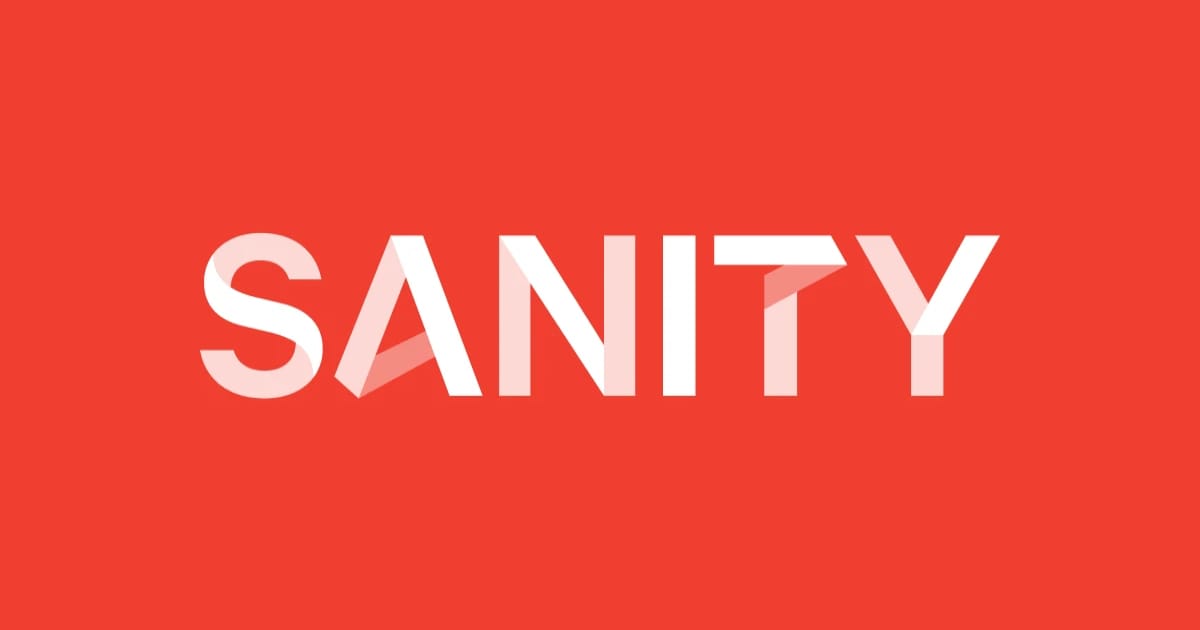
Sanity was founded in 2017, is a unique player in the headless CMS market, focusing on real-time collaboration and customizable content infrastructure. It was created to bridge the gap between traditional content management systems and the needs of modern digital teams, offering a platform where content can be structured as needed for any channel. Sanity's standout feature, Portable Text, allows for the seamless integration of rich text across various platforms. With its strong emphasis on developer experience and content collaboration, Sanity has quickly become a favorite among developers and content teams alike, enabling them to build more flexible, efficient digital experiences.
Features: Sanity offers a real-time content infrastructure that allows teams to build, manage, and distribute document-based content. Its unique feature, the Portable Text, enables rich text editing experiences across any platform. Sanity also boasts a customizable editor and a powerful query language for content retrieval.
Ease of Use: The platform's focus on real-time collaboration makes it incredibly user-friendly for content teams, offering a seamless experience for content creation and management.
Pricing: Sanity operates on a pay-as-you-go pricing model, making it accessible for projects of all sizes. It includes a generous free tier, with scalable options for professional and enterprise use.
Unique Selling Proposition: Sanity's real-time collaboration capabilities and its highly flexible content query language set it apart, making it an excellent choice for teams looking for a versatile, developer-friendly CMS.
Companies Using Sanity
- Nike: Nike, the multinational corporation known for its athletic footwear and apparel, has reportedly used Sanity.io for managing content on its digital platforms.
- National Geographic: National Geographic, the global media brand known for its exploration, science, and natural history content, has utilized Sanity.io for managing and publishing digital content.
- Eurostar: Eurostar, the high-speed railway service connecting London with cities across Europe, has reportedly used Sanity.io for managing content on its website and digital platforms.
- Conde Nast: Conde Nast, the global media company publishing magazines such as Vogue, Wired, and The New Yorker, has utilized Sanity.io for managing and distributing digital content across its various publications.
- Cloudflare: Cloudflare, a leading web infrastructure and security company, has reportedly used Sanity.io for managing content on its website and developer documentation.
4. Ghost
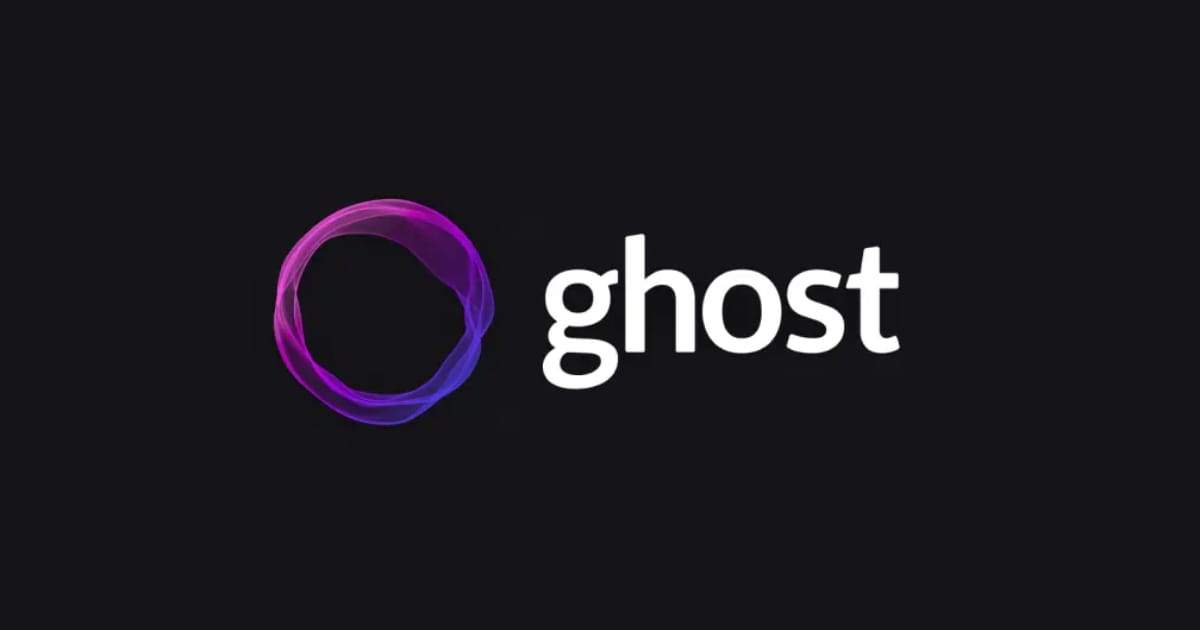
Ghost was founded in 2013 via a successful Kickstarter campaign by former WordPress employee John O'Nolan and Hannah Wolfe, was envisioned as a simpler, more focused blogging platform. It distinguishes itself from other CMS platforms with its emphasis on professional publishing, offering features like SEO optimization, social media integration, and a streamlined user experience designed for writers and content creators. Ghost operates on a unique model, providing both a self-hosted version for those desiring full control and a hosted service for ease of use. Over the years, Ghost has grown into a robust platform for independent publishers and large organizations alike, praised for its clean, intuitive interface and powerful performance capabilities, making it a compelling choice for anyone looking to start a blog or run an online publication.
Features: Ghost is a bit of an outlier as a headless CMS because it's specifically tailored for bloggers and online publications. It offers SEO optimization, social media integration, and a range of publishing tools designed to enhance the writing and publishing process.
Ease of Use: Ghost focuses on simplicity and speed, offering a distraction-free writing environment. It's designed to be intuitive for writers and content creators, with minimal setup required for developers.
Pricing: Ghost has a free, open-source version that users can self-host. Its paid, managed service includes hosting, security, and support, with pricing based on the number of staff users and views per month.
Unique Selling Proposition: Designed with content writers in mind, Ghost offers a streamlined, focused platform for blogging and online publishing, combining ease of use with powerful content delivery capabilities.
Companies Using Ghost
- Mozilla: Mozilla, the organization behind the Firefox web browser, has reportedly used Ghost for its official blog and other publishing needs.
- Square: Square, the financial services and mobile payment company, has utilized Ghost for its developer documentation and blog.
- DigitalOcean: DigitalOcean, a cloud infrastructure provider, has reportedly used Ghost for its community tutorials and blog.
- The Intercept: The Intercept, an investigative news publication, has used Ghost for its website and publishing platform.
- OpenAI: OpenAI, the artificial intelligence research lab, has utilized Ghost for its blog and various content publication needs.
5. Prismic
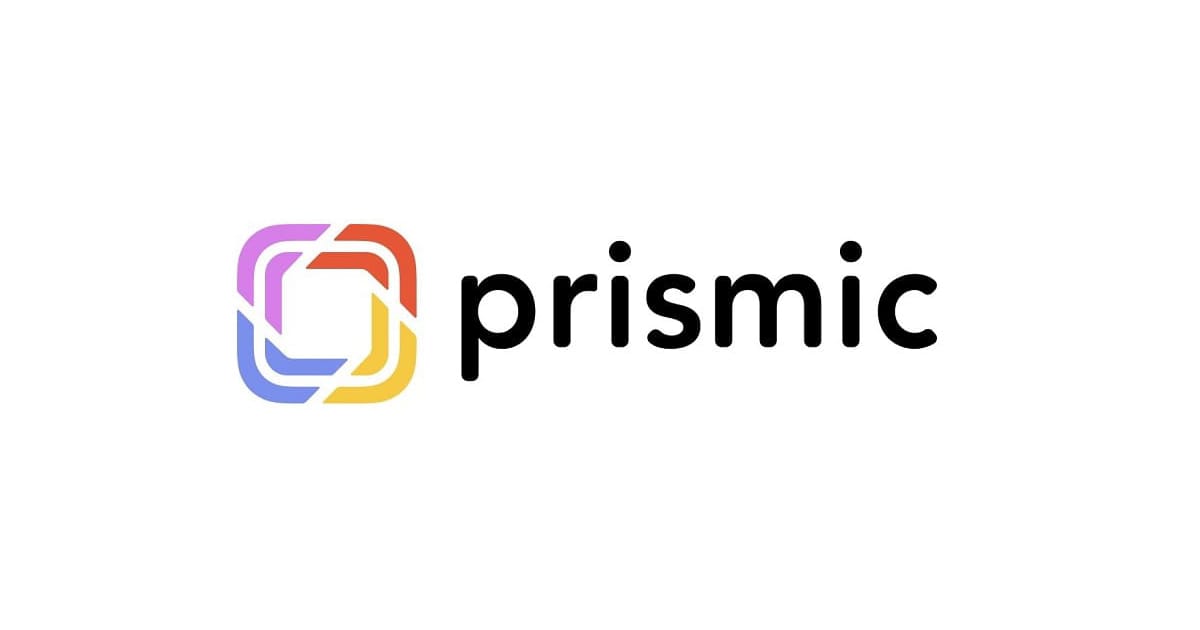
Prismic was founded in 2013 by Sadek Drobi and Guillaume Bort, is a SaaS headless CMS designed for ease of use and flexibility in web content management. It offers a customizable content repository, a user-friendly interface, and multi-language support, making it ideal for businesses seeking to manage digital content efficiently. Prismic stands out for its simplicity and integration capabilities, catering to brands aiming to streamline their online presence with creative control.
Features: Prismic offers a user-friendly, SaaS-based headless CMS with a custom type builder for defining content models, an intuitive editing interface, and content versioning. It supports multi-language content and integration with modern frameworks and technologies.
Ease of Use: Prismic is designed to be approachable for content creators and developers alike, with a focus on simplifying the content management process without sacrificing functionality.
Pricing: Prismic provides a free plan for small projects, with scalable pricing based on page views and user seats for larger teams and projects.
Unique Selling Proposition: Prismic's blend of ease of use, powerful content modeling, and integration capabilities make it an attractive option for teams looking to quickly deploy content across multiple channels without a steep learning curve.
Companies Using Prismic
- Airbnb: Airbnb, the online marketplace for lodging and travel experiences, has reportedly used Prismic for managing content on its website and mobile app.
- Google: Google, the multinational technology company, has utilized Prismic for various projects, including managing content on its developer documentation website.
- Lyft: Lyft, the transportation network company, has reportedly used Prismic for managing content on its website and mobile app.
- Deliveroo: Deliveroo, the food delivery company, has utilized Prismic for managing content on its website and app, including restaurant listings, menus, and promotional content.
- Vue.js: Vue.js, the popular JavaScript framework, has used Prismic for managing content on its official website and documentation.
Choosing the Right Headless CMS

Selecting the best headless CMS for your project involves more than comparing features and pricing. It's about understanding your specific needs, your team's capabilities, and your future goals. Let's take a look at the key factors to consider when choosing a headless CMS, ensuring that your choice not only meets your current requirements but also supports your strategic objectives.
- Scalability: Your chosen CMS should be able to grow with your project. Whether you're starting small or managing a large volume of content from day one, scalability is crucial. Consider how each CMS handles increased workloads, more content, and higher traffic volumes. Solutions that offer cloud-based services typically provide better scalability, adapting to your needs as they evolve.
- Security: Security is a paramount concern, especially when managing sensitive or proprietary content. Evaluate each CMS's security features, including data encryption, access controls, and regular security updates. A platform's commitment to security can be assessed through its documentation, user reviews, and any history of security incidents.
- Developer Experience: The efficiency and productivity of your development team are directly influenced by their experience with the CMS. Factors such as API flexibility, customization capabilities, available libraries, and community support play significant roles. A CMS with a steep learning curve may slow down your project's progress, while one that aligns well with your team's skills can accelerate development.
- Content Creator Experience: The ease with which content creators can use the CMS is equally important. Look for intuitive interfaces, flexible content modeling options, and robust workflow features that support collaboration and efficiency. The best headless CMS platforms balance developer flexibility with content creator usability.
- Integration Capabilities: Your CMS needs to play well with other tools and platforms. Whether it's e-commerce systems, CRM software, or social media platforms, the ability to integrate seamlessly can significantly enhance your project's capabilities. Review each CMS's integration options and any available plugins or third-party services.:
- Community Support and Resources: A vibrant community and comprehensive resources can be invaluable, especially for open-source platforms. Access to a wide range of tutorials, forums, and third-party tools can help solve challenges more quickly and inspire new ways to use the CMS.
- Cost: While not the only factor, cost plays a significant role in the decision-making process. Consider not only the upfront costs or subscription fees but also the long-term expenses associated with development, customization, and maintenance. A CMS that seems affordable at first glance might require more investment in customization or may incur higher operational costs over time.
The Future of Headless CMS

As we look towards the future, the evolution of headless CMS platforms is closely tied to advancements in technology and shifts in consumer behavior. AI and machine learning are set to play a larger role, offering possibilities for automated content creation, personalized user experiences, and more efficient content management processes. The integration of these technologies will likely make headless CMS platforms even more powerful and versatile, catering to the increasingly sophisticated needs of businesses and consumers alike.
Furthermore, as the Internet of Things (IoT) continues to expand, the demand for content delivery across a wider array of devices and platforms will grow. Headless CMS platforms are uniquely positioned to meet this demand, providing the flexibility and scalability required to deliver engaging experiences across the digital landscape.
The future of content management is undoubtedly headless, with these platforms leading the charge in innovation, efficiency, and adaptability. As businesses strive to meet the ever-changing expectations of their audiences, the choice of a headless CMS will be a critical factor in their ability to succeed in a digital-first world.
Final Thoughts
Choosing the right headless CMS is a strategic decision that impacts not just your current project but your ability to adapt and grow in the digital era. By considering factors like scalability, security, developer and content creator experience, integration capabilities, community support, and cost, you can select a platform that aligns with your goals and needs.
As we embrace the future, the versatility, efficiency, and innovation offered by headless CMS platforms will undoubtedly play a pivotal role in shaping the next generation of digital experiences. Whether you're a developer, marketer, or business owner, understanding and leveraging the power of headless CMS can set the stage for success in a rapidly changing digital world.
If you need assistance with implementing a headless CMS, feel free to contact us for consulting and implementation services.
Key Takeaways
| CMS | Key Features | Ease of Use | Pricing Model | Unique Selling Proposition |
|---|---|---|---|---|
| Contentful | API-first, scalable, cloud-based, localization | User-friendly for developers & non-tech | Free tier; scalable enterprise options | Flexible, ideal for large organizations with complex needs |
| Strapi | Open-source, customizable API, supports plugins | Developer-focused, highly customizable | Free if self-hosted; managed options | Customizable & flexible, great for tailor-made solutions |
| Sanity | Real-time content, Portable Text, customizable editor | User-friendly for collaboration | Pay-as-you-go; free tier available | Real-time collaboration, versatile content query language |
| Ghost | Blogging focus, SEO, social media integration | Intuitive for writers | Free open-source; scalable managed service | Streamlined for blogging & online publishing |
| Prismic | SaaS-based, custom type builder, multi-language support | Simplified content management | Free for small projects; scalable pricing | Easy to use with powerful content modeling & integrations |





